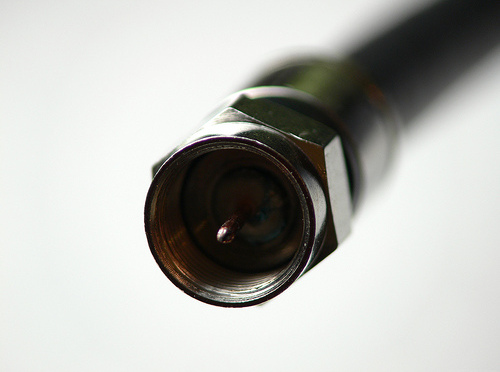My compulsive viewing of MTV does have a benefit, even if it is only keeping tabs on media phenomenon.
Universal Music Group [UMG] has done a smart thing in collaboration with YouTube. The popular emo-rock band Fall Out Boy have released another album, and off it, another hit single with an accompanying music video. Since I can’t wait for it to show up on any of the ten video channels my cable provider, uh, provides, I sought it out on teh internets.
There are any number of versions of almost any music video you might like to see on YouTube. Fans will upload a copy and it will stay there unless someone [usually the record label] asks that it be removed. Recently, the labels have gotten hip to this and have started profiles of their own on ye olde ‘Tube. Universal Music Group is one of these enterprising entities.
They have uploaded an official version of the Fall Out Boy video. Smart! 1.6 million hits and counting!
But that is not all.
There are at least two product placements in the video. One of the product placements is reinforced by smallish commercial bookends at the video’s start and finish. The product is used by the band’s heartthrob bass player, very clearly showing the logo.
But even that is not all.
UMG’s version of the video posted to YouTube is of pretty poor quality. The video is full of compression artifacts [those blocky things best seen where there is a lot of dark image on the video] and the audio suffers from audio compression artifacts in the form of an overall watery sound.
Why upload such a poor-quality version?
Simple — because you are selling the high-quality version of the same video for $1.99 on iTunes, without the commercial bookends. You can see that screenshot of that at right.
What is the lesson here?
Content will be consumed in different ways by different consumers with different priorities. Know those ways, and do your damnedest to monetize each one of them. UMG, in all of its big business glory, has done so in this case in a pretty painless and low-key way.











